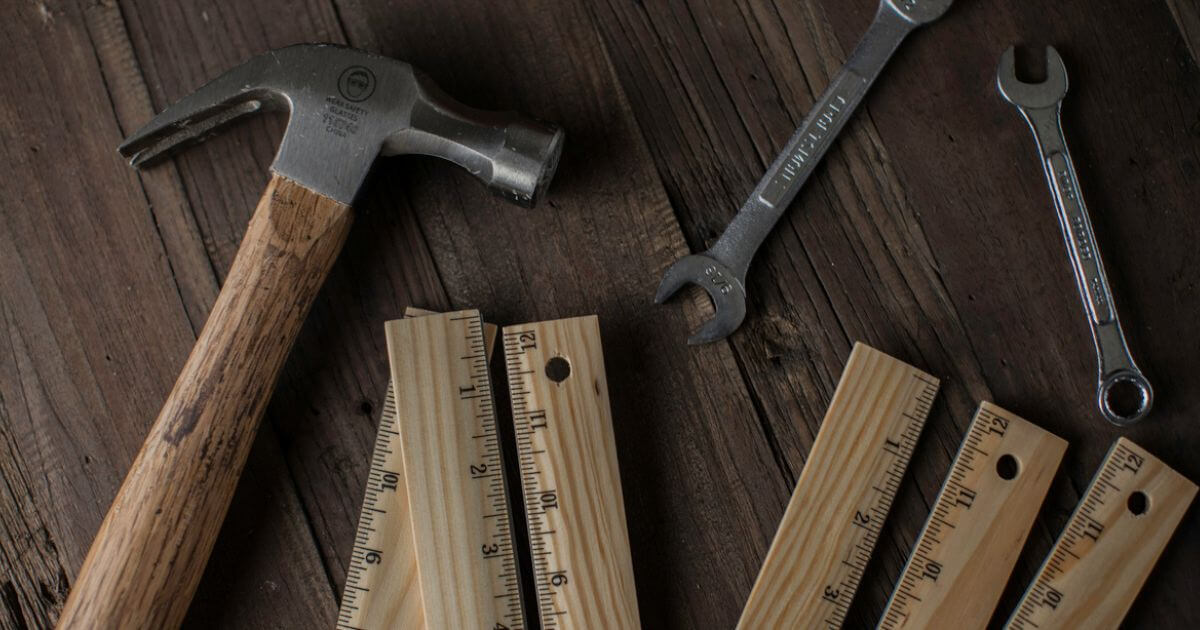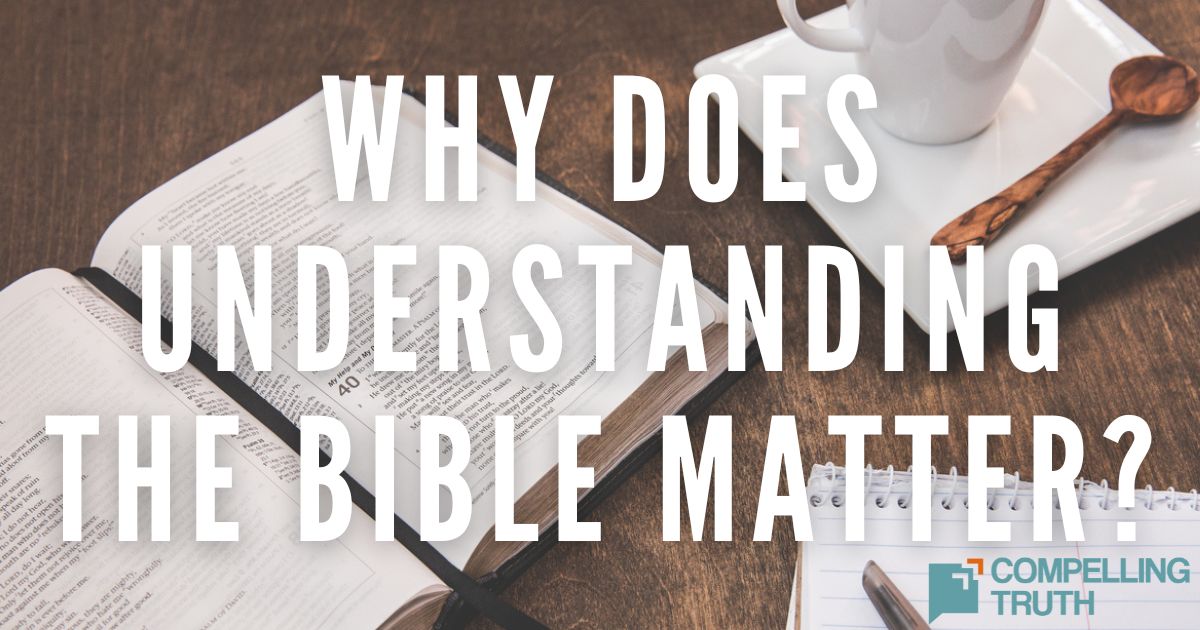what does the bible say?
Coming across unfamiliar terms describing weights and measurements while reading the Bible can prevent a reader from fully understanding what is being described. Just as we use measurements today in our daily interactions, whether it be in making a recipe, following driving directions, or determining prices, all peoples throughout history have used measurements in their own cultures. Knowing modern-day equivalents to the measurements in the Bible will help the reader better understand and relate to the biblical account. Measurements can be divided into weight (often also used for money), distance, dry capacity, and liquid capacity. The sections below comprise a list of some biblical measurements and their approximate US and Metric equivalents. The measurements are approximate and not intended to be mathematically precise. It's also important to note that measurements differed at various times and places throughout the Bible. There were often royal measurements and common measurements by the same name which differed slightly. The cubits in the book of Ezekiel are 1/6 longer than the cubits mentioned elsewhere in the Bible. However, the list of approximate measurements should help the reader have an idea of the basic measurements being described in the Bible.




